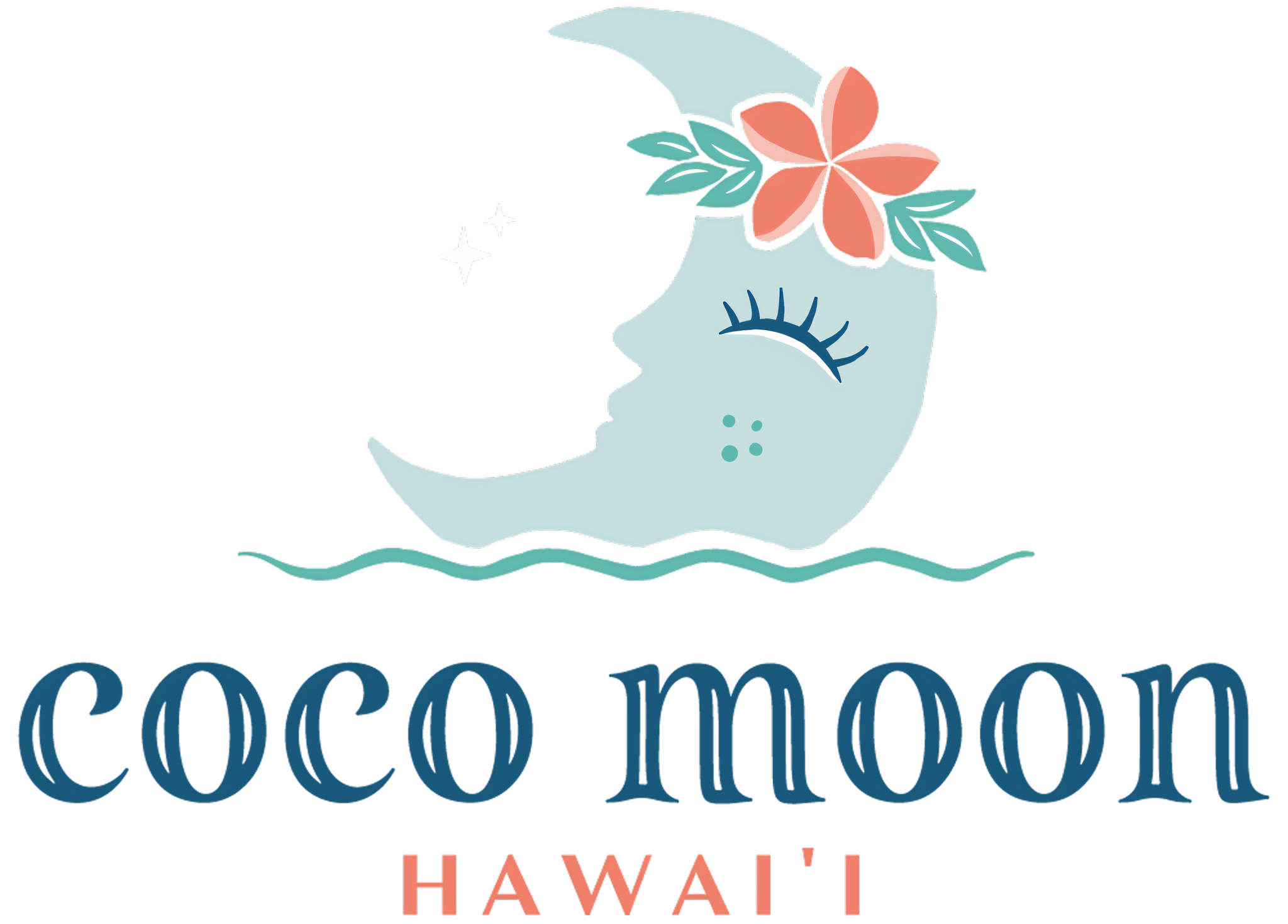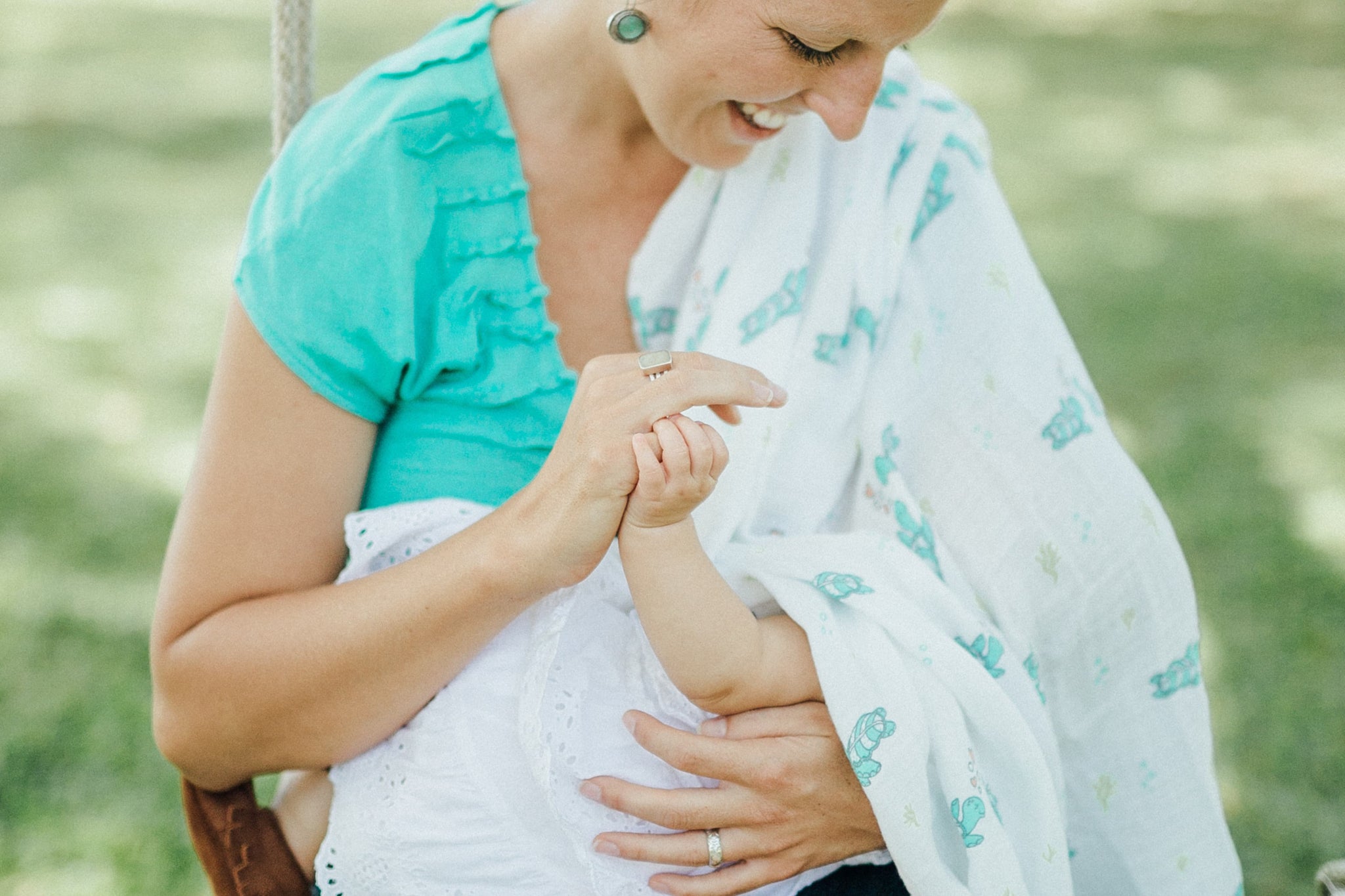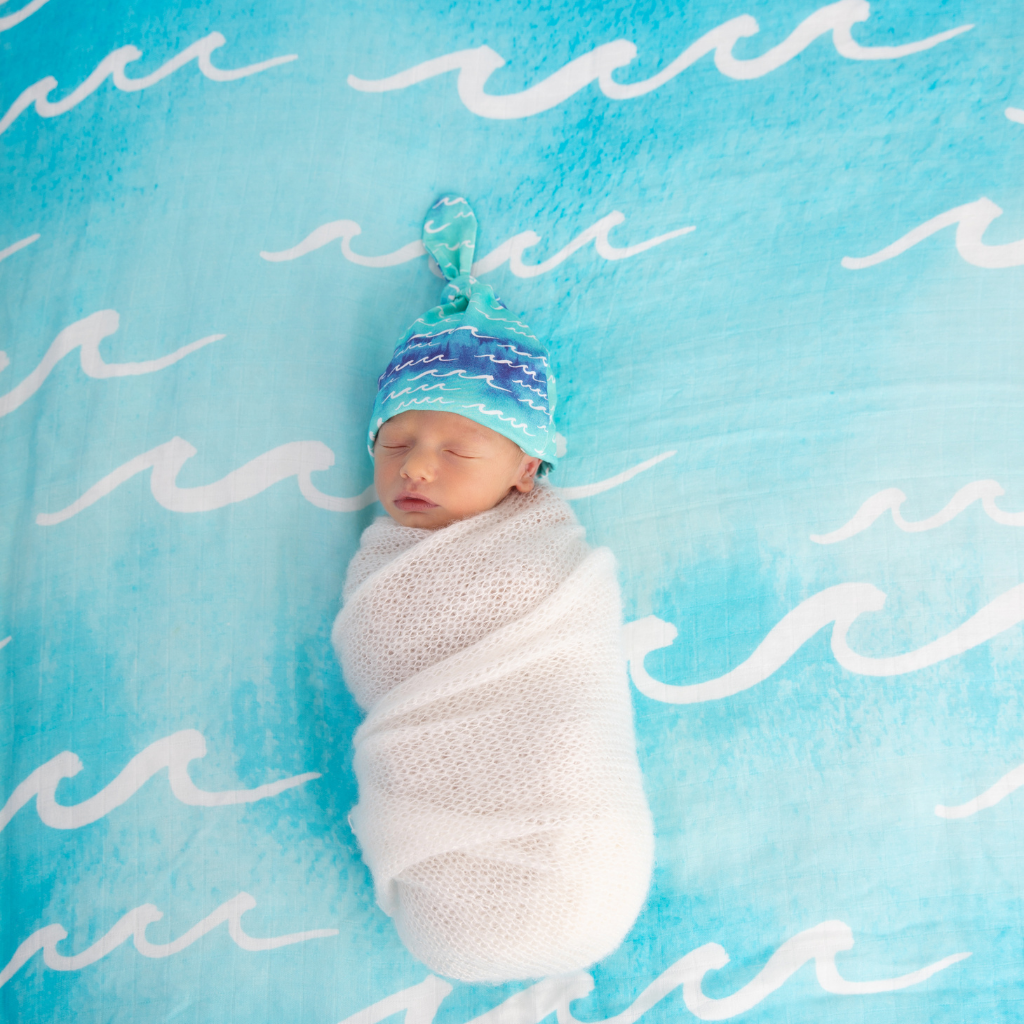Congrats—you’ve made it through the first month with your little one! Whether it’s been smooth sailing or a bit bumpy (or both), reaching this point is a big deal.
This phase often brings new questions about bottle feeding, pumping, pacifiers, or heading back to work. In this post—part two of our breastfeeding series with Breastfeeding Hawai‘i, originally published in 2019—we’re covering what to expect from months 1–3.
How much milk does my baby need?
On average, babies drink 2.5–3 oz of milk per pound of body weight per day. So an 8 lb baby typically drinks 20–24 oz/day of breastmilk. Formula-fed babies may consume more since formula digests more slowly.
When should I introduce a bottle?
The best time to introduce a bottle is between 2–4 weeks, after breastfeeding is going well. Waiting too long can increase the chance of bottle refusal.
Let someone else give the bottle when baby is calm—and try to be out of sight during the feed.
What about pacifiers?
The AAP recommends waiting until breastfeeding is established—around 3–6 weeks—before introducing a pacifier.
Pros:
-
May help with self-soothing
-
Associated with reduced risk of SIDS
Cons:
-
Early introduction can interfere with latch or feeding cues
-
May carry a slight risk of oral thrush
Use your judgment, and consult with your pediatrician or lactation consultant if you’re unsure.
How much milk should I store before returning to work?
No need for a huge freezer stash. Aim for 1–2 days’ worth of milk, about 20–25 oz.
Tips:
-
Pump once daily (after morning feed) starting 2–3 weeks before returning
-
Ask caregivers not to feed baby right before pickup so you can reconnect with a nursing session
What are my rights around pumping at work?
You’re protected under both federal and Hawai‘i state law.
-
HRS §378-92 requires break time and a private space (not a bathroom) for pumping
-
Fairness for Breastfeeding Mothers Act ensures lactation rooms in all federal buildings
-
The FLSA requires employers with 50+ employees to provide break time and space for pumping
Pumping at work: what helps
-
Test your pump at home by 4–5 weeks postpartum
-
Use the right flange size (your pump brand should have a sizing guide)
-
Pump every 2.5–3 hours while away
-
Chill milk before combining it with previous pumped milk
-
Bring extra parts or store in the fridge between sessions
-
Consider hands-free pumping while working, eating, or relaxing
My baby refuses the bottle—what can I do?
-
Have someone else try feeding while you’re out of sight
-
Try when baby is calm and not starving
-
Test different nipple shapes and flows
-
Try feeding in a carrier or mimicking nursing positions
-
If bottles don’t work, try cups, spoons, or syringes
Some babies reverse cycle—nursing more when you're home. It’s not ideal, but it’s manageable.









